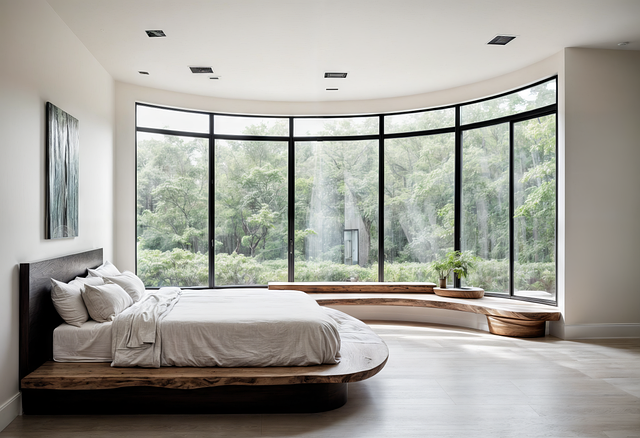So, you’ve decided to take the plunge and design your own space. Maybe you’re tired of staring at blank walls, or perhaps your current setup looks like a college dorm room (no judgment). Whatever the reason, diving into interior design can feel overwhelming—but it doesn’t have to be. Think of it like putting together an outfit: you start with a vibe, pick your staples, and then accessorize the heck out of it. Here’s how to tackle your room redesign without losing your mind (or your wallet).

Set the Mood First
Forget Pinterest-perfect aesthetics for a second. Instead, ask yourself: How do I want this room to make me feel? Cozy and cocooned? Energized and creative? A serene, minimalist retreat? Your answer will steer everything—from color choices to furniture styles. If you’re aiming for calm, lean into soft neutrals and natural textures. If you want a lively hangout spot, go bold with colors and patterns. Mood over trends—always.
Steal Ideas Like an Artist
Inspiration is everywhere. Scroll Instagram, flip through design magazines, or even take notes on your favorite coffee shop’s vibe. Notice what draws you in—is it the warm lighting? The mix of vintage and modern furniture? Create a mood board (digital or old-school with magazine cutouts) to visualize your dream space. Pro tip: If you share the room, get input from roommates or family. Compromise is key—unless you want a neon pink accent wall to start a household war.
Keep It Real (Not Instagram-Ready)
Let’s be honest: That all-white, marble-everything living room looks amazing… until your dog tracks mud across it. Design for your life. Got kids or pets? Skip the delicate fabrics and opt for performance materials that can survive a juice spill. Rarely host dinner parties? Ditch the oversized dining table hogging space. And before you splurge on that statement chandelier, set a realistic budget. Priorities first—functional furniture > decorative tchotchkes.
Declutter Like You Mean It
Before you bring in anything new, edit ruthlessly. If you haven’t used it in a year (and it doesn’t spark joy), donate, sell, or toss it. Starting from scratch? Resist the urge to fill the void immediately. A well-designed room breathes—leave space for the stuff that truly matters, whether it’s family photos, a killer vintage record collection, or your growing plant army.
Map It Out (No Math Degree Needed)
You don’t need fancy software to plan your layout. Grab a tape measure, sketch rough dimensions on paper, or use painter’s tape to mark furniture placement on the floor. This saves you from the classic rookie mistake: buying a couch that won’t fit through the door. Measure twice, buy once—your future self will thank you.
Pick a Color Story
Neutrals? Bold hues? Earth tones? Decide early to keep things cohesive. If you’re nervous about commitment, stick to a neutral base (think warm whites, soft grays) and add pops of color with pillows, art, or rugs. Love color? Choose a dominant shade and two supporting tones to keep it dynamic. And if you’re going all-white, mix textures (linen, wood, metal) to avoid a sterile feel.
Work With What You’ve Got
Not doing a full renovation? No problem. Build on existing finishes—paint over dated walls, swap out hardware, or layer rugs to disguise questionable flooring. If you’re starting fresh, tackle permanent elements first (floors, walls, built-ins) before bringing in furniture.
Anchor the Room
Start with the big-ticket items: your sofa, bed, or dining table. These pieces set the tone, so invest in quality here. A cheap sofa might save money upfront, but sagging cushions in six months? Not a vibe. Once your anchor is in place, you’ll see how much room you have left for secondary furniture (side tables, bookshelves, that funky armchair you’ve been eyeing).
Layer Like a Boss
Now for the fun part: textiles and lighting. A great rug defines the space, curtains soften hard edges, and throw blankets add coziness. Lighting is everything—mix overhead, task, and ambient lights to avoid that depressing "single bulb" look. And don’t forget dimmers—mood lighting is a game-changer.
Accessorize (But Don’t Overdo It)
Art, plants, books, candles—this is where personality shines. But avoid clutter. Edit as you go: if a shelf looks chaotic, remove a few items. Less is more, unless "more" is your intentional maximalist aesthetic.
Final Pro Tip: Trust Your Gut
Design rules are more like guidelines. If you love it, it works. Your space should tell your story—not some influencer’s. Now go forth and create something awesome. (And maybe send us pics—we’re invested.)
























